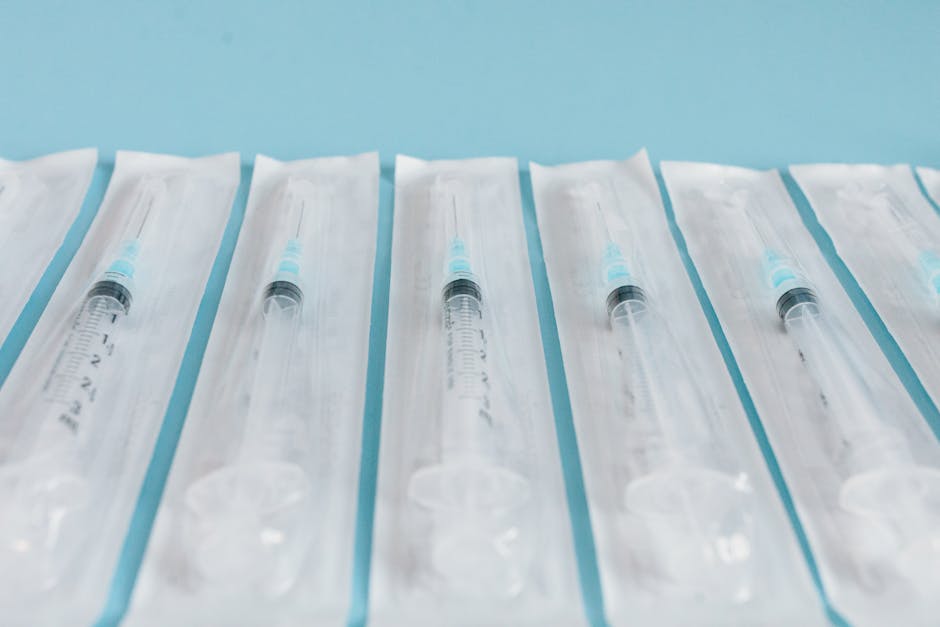The Central Government Health Scheme (CGHS) has long been a vital healthcare provider for central government employees, pensioners, and their dependents in India. Recently, the government announced a revision in CGHS rates, sparking debates about its potential impact on the healthcare sector, particularly hospital stocks. While the move is seen as positive, the critical question remains: Will these new rates truly benefit hospital stocks in the long run, or are there challenges that could outweigh the gains?
Understanding the CGHS Rate Revision
The CGHS rate revision aims to align healthcare costs with current market realities, ensuring better affordability and accessibility for beneficiaries. The updated rates cover a wide range of medical procedures, diagnostics, and treatments, reducing the financial burden on government employees while improving care quality. For CGHS-empanelled hospitals, this could mean a steady influx of patients, given the scheme’s extensive coverage.
Short-Term Boost for Hospital Stocks
In the short term, the revised CGHS rates are likely to provide a significant boost to hospital stocks. Empanelled hospitals may experience increased patient footfall as beneficiaries opt for services under the updated scheme. This could lead to higher revenues, especially for hospitals in urban areas where CGHS beneficiaries are concentrated.
Additionally, timely government reimbursements under CGHS could improve cash flow, enabling hospitals to invest in infrastructure, technology, and staff. Such investments could enhance operational efficiency, further strengthening their market position.
Long-Term Considerations
While short-term gains are evident, the long-term impact is more complex. One major concern is the adequacy of the revised rates. Some experts argue that the rates may still fall short of covering the actual costs of medical procedures, particularly in high-end private hospitals. This could force hospitals to absorb losses or compromise on care quality, potentially harming their reputation and profitability.
Competition is another critical factor. With more hospitals seeking CGHS empanelment, margins may thin, especially for smaller players struggling to compete with larger, resource-rich hospital chains.
Regulatory and Operational Challenges
The healthcare sector in India is highly regulated, and policy changes can have far-reaching effects. While the CGHS rate revision is a positive step, hospitals must navigate other challenges, such as price caps on medical devices and drugs, which could erode profits.
Operational challenges, including the need for continuous technological and infrastructure upgrades, also pose significant burdens. Hospitals unable to keep pace may struggle to sustain growth despite increased patient volumes.
The Broader Economic Context
The performance of hospital stocks is also influenced by broader economic factors, such as GDP growth, inflation, and healthcare spending. While India’s healthcare sector is poised for growth, external shocks like economic downturns or pandemics could disrupt this trajectory.
Conclusion
The new CGHS rates offer promising opportunities for hospital stocks, particularly in the short term. However, long-term benefits hinge on factors such as rate adequacy, competitive dynamics, regulatory environment, and broader economic conditions.
For investors, it’s essential to look beyond immediate gains and assess the resilience and adaptability of hospital stocks in the face of these challenges. While the CGHS rate revision is a step forward, its true impact will unfold over time, shaped by the complex interplay of variables in the healthcare ecosystem.
A balanced and informed approach to investment in the healthcare sector will remain key to navigating its opportunities and risks.




